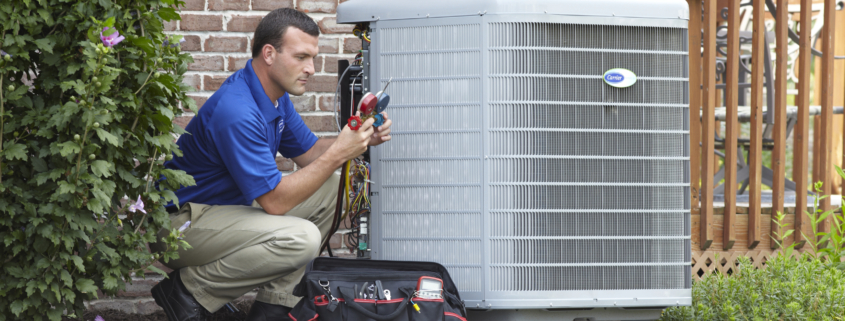Furnace
The first step is getting to know your furnace. First, how old is it? A typical furnace lasts about 20 years. And chances are, the older it is, the less efficient it is. If you don’t know your furnace’s AFUE rating, call the manufacturer. They should be able to tell you by the serial number of the unit. The AFUE number describes what percentage of fuel consumed is actually used for heat, and how much fuel is simply wasted. For example, if your AFUE rating is 60, your furnace is converting 60% of its fuel to heat for the home, and losing the remaining 40% of heat, usually through venting. Obviously, the higher the number, the better the efficiency. And while no furnace operates at 100%, some get pretty darn close.
Now that you have this number, look for your energy bill. Depending on how much fuel your furnace wastes, you can easily calculate how much money you’re unnecessarily spending every month.
In many cases, the significantly lower energy bills may enable you to recoup the expense of replacing your system in just a few short years. So, does replacing your furnace make sense? You betcha.
Air Conditioner / Heat Pump
If there’s an exception to the old “if it ain’t broke, don’t fix it” rule, it has to do with air conditioners. The EPA recommends you consider replacement of your air conditioner if it’s over 10 years old.1 If you want to get on board with doing the right thing for the planet and your pocketbook it makes sense because newer ACs are just that much more efficient than they used to be. For example, if you were to replace an old air conditioner with a 10-SEER rating with a new 21-SEER unit and proper indoor coil, you could save up to 56% on your cooling costs. Of course, there are other reasons why you might feel the need to pull the plug on your current unit right now:
- Your air conditioner needs frequent repairs and your energy bills are going up—your cooling equipment may have become less efficient
- Your cooling system is noisy—newer, variable-speed and even 2-stage systems tend to operate quieter.
- You take the EPA’s home assessment test and your Home Energy Yardstick score is below five—your home energy use is above average and you’re probably paying more than you need to on energy bills.




